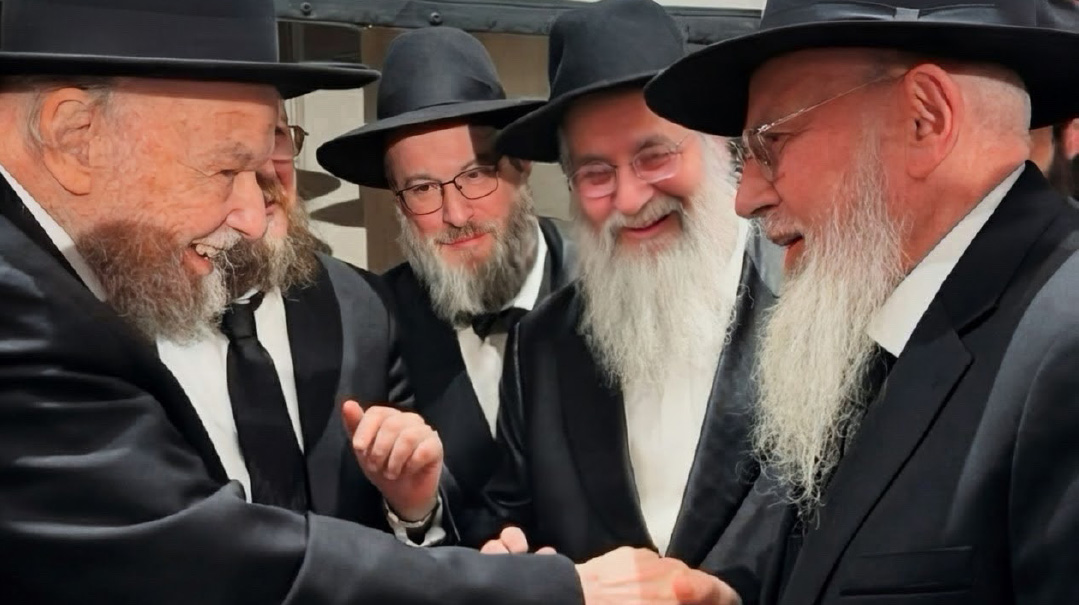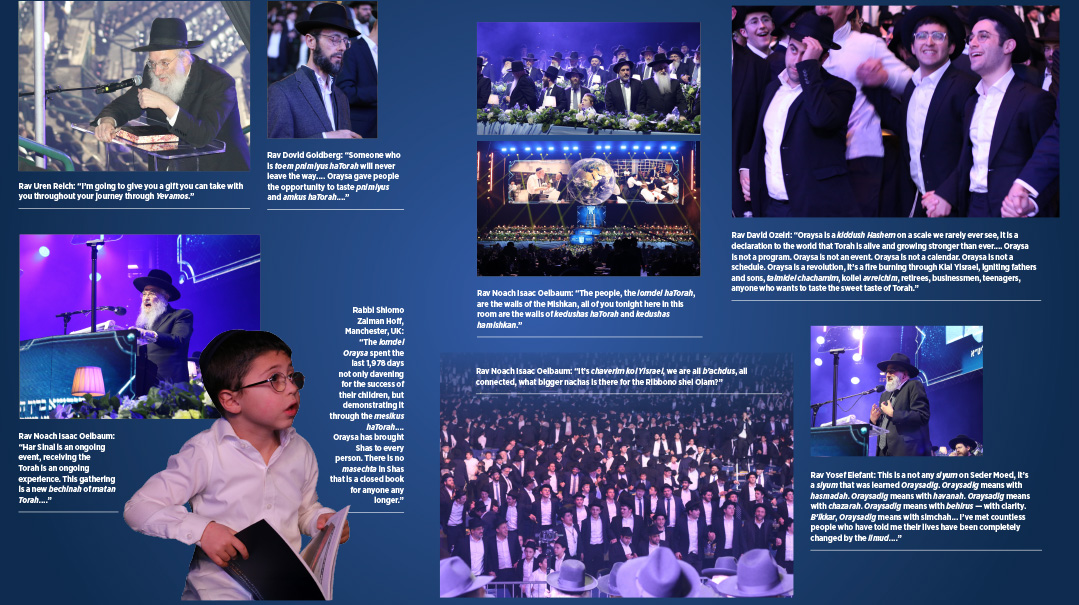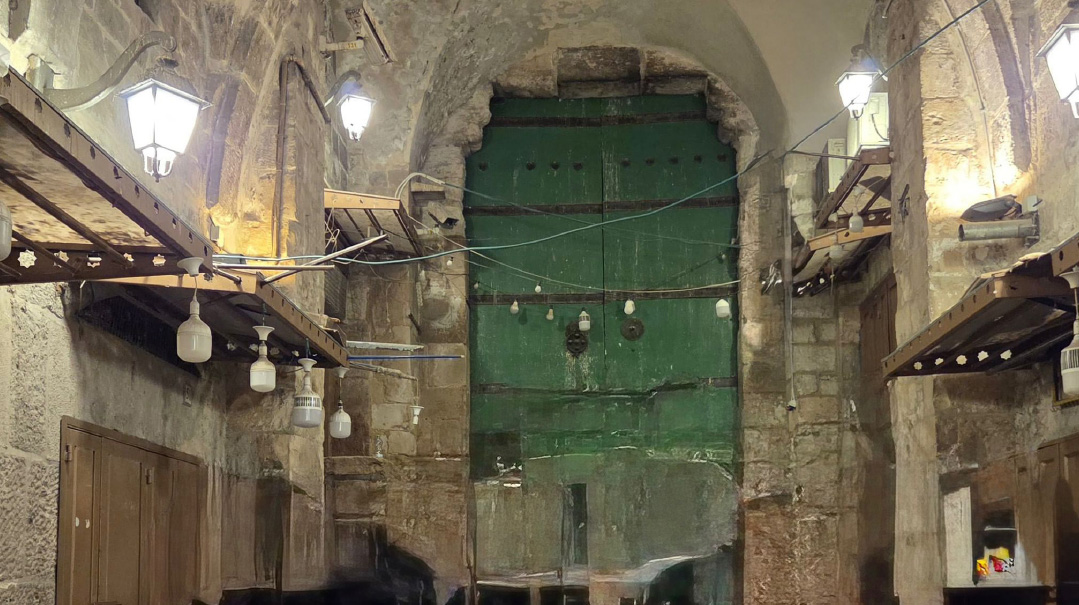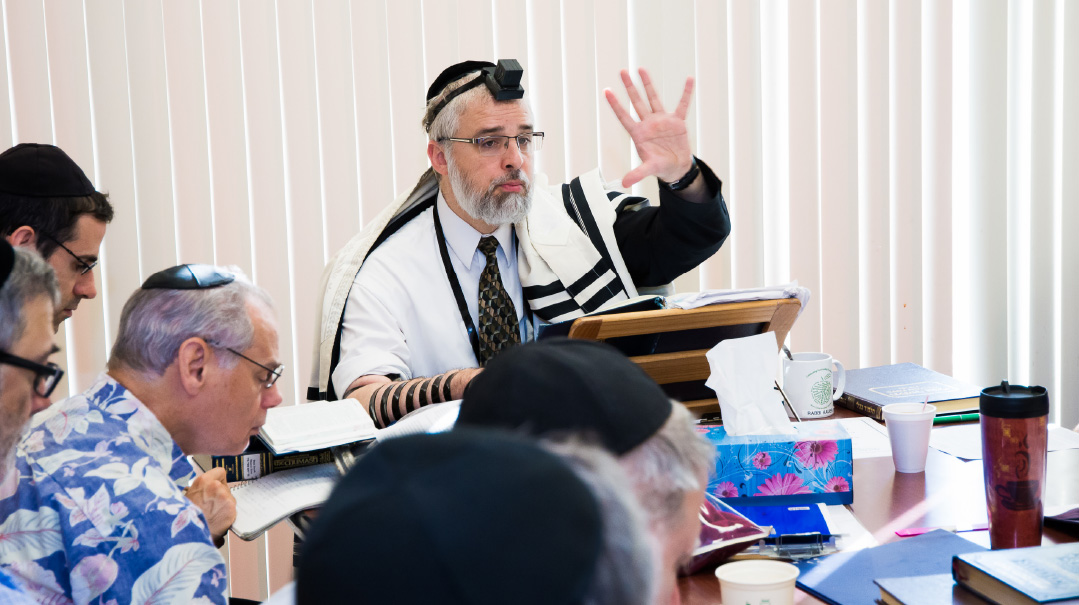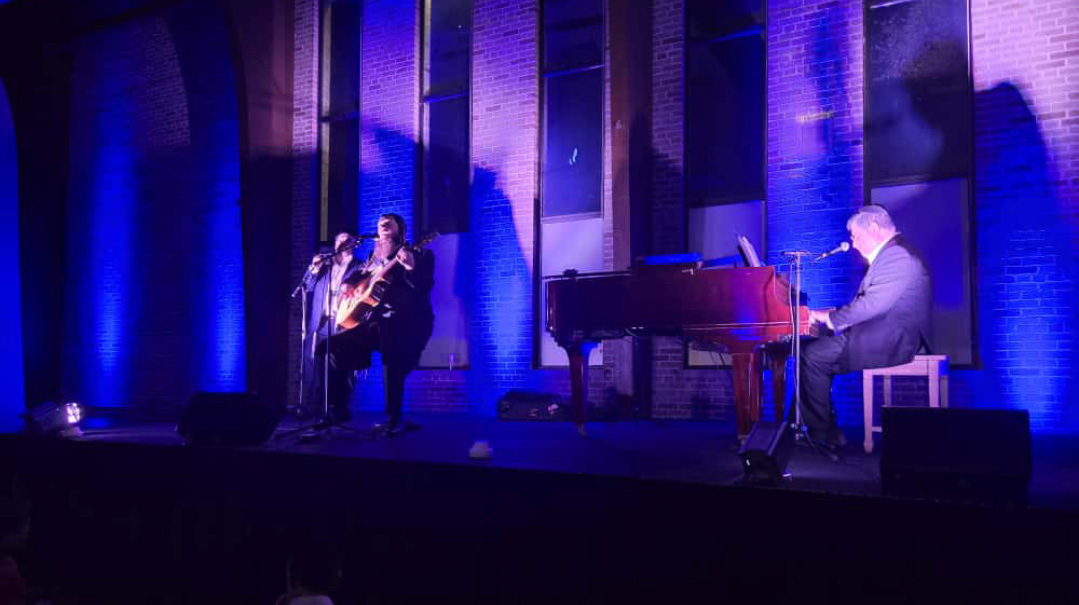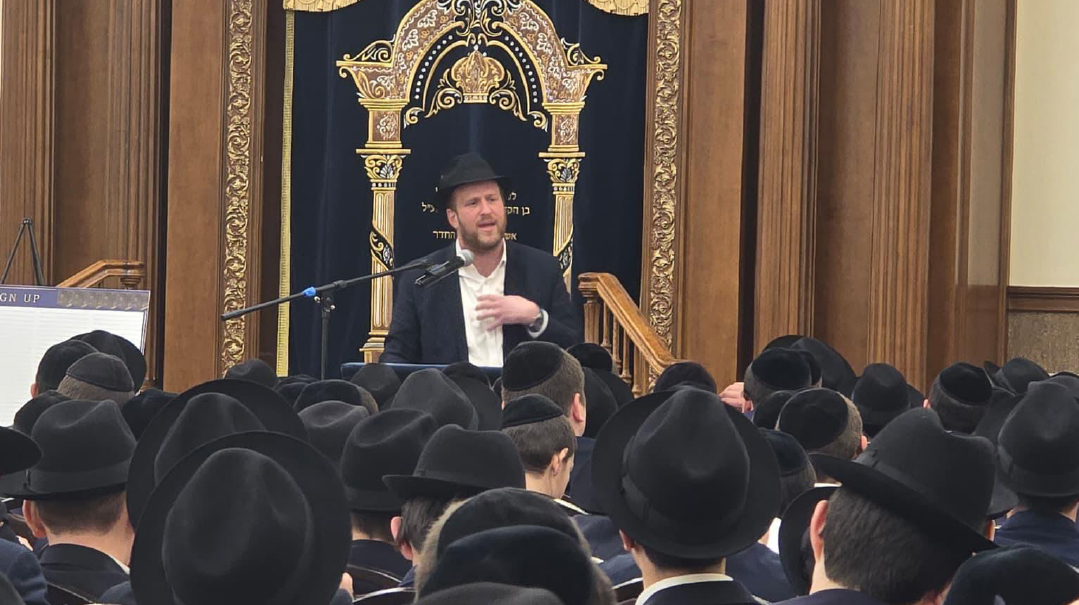The Moment: Issue 1062
| May 20, 2025“Why do you have this sefer with you?” the man asked the driver. And the driver shared the following account

Living Higher
L
ast week, the annual Ani Maamin Initiative event was held in memory of Dovi Steinmetz z”l, one of the 45 kedoshim of the Lag B’omer tragedy of 2021. Through various programs and a bestselling book, the initiative has succeeded in spreading the message of Ani Maamin literally throughout the world. Each year, in the days leading up to Lag B’omer, it holds one seminal gathering to openly celebrate our commitment to this eternal belief.
Addressing the audience, Mrs. Steinmetz shared numerous stories demonstrating the power of emunah and tefillah. She then shared a story that showed how her son, who was a natural “people person,” was continuing to wield his power of connection to bring Yidden together.
A yungerman living in Eretz Yisrael, the son of a family friend, had been en route to Meron on that fateful night four years ago. The bus driver was told of the tragedy prior to their arrival and turned the bus around. The yungerman’s wife, haunted by what had happened, insisted that he not return to Meron for Lag B’omer. The man was conflicted as he very much wanted to go, but didn’t want to upset his wife. He consulted with his rav who advised him that it was more important to spare his wife distress than to visit Rabi Shimon’s kever.
“But if you want to connect with Rabi Shimon’s neshamah,” he said, “learn from the sefer Shivchei D’Rashbi.”
The man heeded the rav’s advice and committed to forgo opportunities to visit Meron. He then set out to locate the sefer Shivchei D’Rashbi. He entered a seforim store and scoured the shelves. It wasn’t there. He tried a second seforim store. No luck there either. He visited another store, and yet another. The sefer was nowhere to be found.
On the 16th of Adar — the final day of Purim Meshulash in Jerusalem — the man, with his wife and child, went to the Kosel. Upon completing davening, they sought to board a bus for the return home. But the bus was full. Another bus arrived, but it, too, filled up quickly. With no other choice, they flagged down a taxi. They entered the car, which seemed perfectly ordinary — except for a rare sefer on the dashboard. Shivchei D’Rashbi.
“Why do you have this sefer with you?” the man asked the driver. And the driver shared the following account:
“Three and a half years ago, on Lag B’omer, I was tasked with driving a young man named Steinmetz to the Abu Kabir Forensic Institute. He was in a very emotional state because the purpose of this trip was to identify the body of his brother, who was assumed to be one of the 45 casualties in the tragedy. I was very broken by the experience. Later that day, I discovered that this sefer was left in my car by a passenger — I don’t know who. But I felt a certain connection with it, given that I had driven a brother of one of the kedoshim that day. I asked my rav what to do with the sefer and he advised that I keep it in my car and let my passengers learn from it as a zechus for the Steinmetz boy — whose brother I had driven that same day. That’s why it’s on my dashboard.”
The man sat, frozen into silence. Of course he knew this “Steinmetz” — it was Tzvi Steinmetz, Dovi’s brother and a good friend.
He connected the driver with the Steinmetz family. This past Friday, on Lag B’omer, the driver was invited to Har Hamenuchos to join a minyan at Dovi’s kever — which he did, with the sefer tucked under his arm.
Hovering above was the beautiful neshamah of a young man who loved bringing souls together in his lifetime.
And from his vaunted perch in Shamayim, he was continuing to do precisely that.
Happening in…Toronto
Some taboos take decades to overcome, and in the interim, the silence takes a devastating toll. This week, the Toronto community took initial steps to reverse a searing tragedy that has been shoved under the rug for too long. The gravity of eating disorders is known to a degree, but the extent of its prevalence, and its long-reaching ramifications, are hardly spoken about.
In a move reflecting both unity and urgency, three major Toronto high schools, Bais Yaakov, Bnos Bais Yaakov, and Tiferes Bais Yaakov High School, joined together for a night of awareness and education. The event featured Dr. Marcy Forta of Detroit, a leading expert in the field, and founder and director of Atzmi, an organization created to support the mental health of Jewish girls through programs that improve their self-esteem, self-compassion, and body acceptance.
Rabbi Yehuda Oppenheimer, principal of Bnos Bais Yaakov, and Rabbi Shmuel Zilber, principal of Tiferes Bais Yaakov, addressed the audience as well.
“When people ask me what the hardest part of my job is,” said Rabbi Oppenheimer, “I’ve increasingly been responding, ‘dealing with eating disorders,’ both because of the prevalence, and the severity.
“It can happen to any family,” he adds.
Dr. Forta worked tirelessly during her visit, meeting with elementary school teachers, presenting workshops for principals and teachers, meeting with doctors, speaking with the director and staff of Camp Agudah Toronto, and conducting a workshop for mothers.
The two-day whirlwind ended with educators, doctors, and community members at large grateful for the opportunity to make initial progress in addressing such an integral issue.
And if one small step for a man is a giant leap for mankind, it is certainly a quantum vault for the larger frum community — who have proven time and again that they can, with Hashem’s help, accomplish the greatest feats.
Overheard
Recognizing the Brisker Rav’s unique abilities, Rav Leizer Yudel sent his finest talmidim to establish a kibbutz in Brisk — and even funded it, despite his own yeshivah’s financial struggles.
Rabbosai, look at what became of that investment:
Brisk remains one of the most elite branches of the Mir to this very day.
Dovi Safier, chairman of the Mir dinner, which took place this past Sunday. No, Brisk is not actually a branch of the Mir, but the lighthearted comment conveyed a candid truth. Not only does the Mir’s success lie in its selflessness, but the growth and prosperity of Torah throughout the world are rooted in this very same trait.
(Originally featured in Mishpacha, Issue 1062)
Oops! We could not locate your form.

